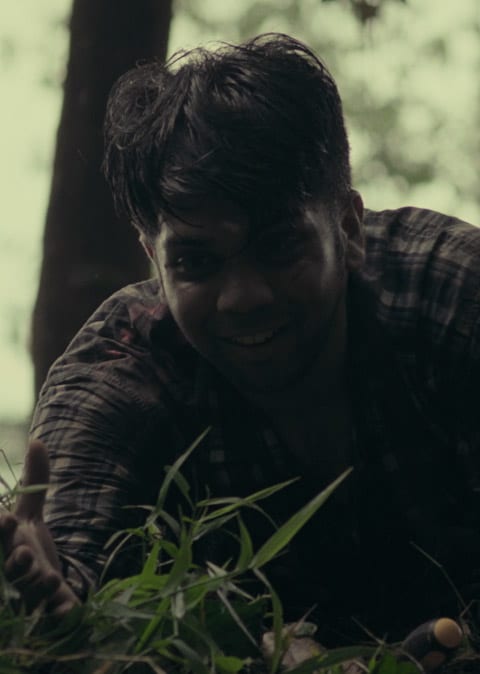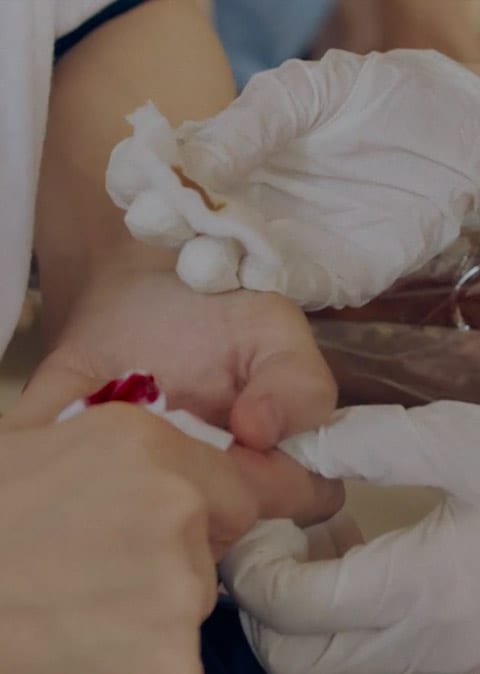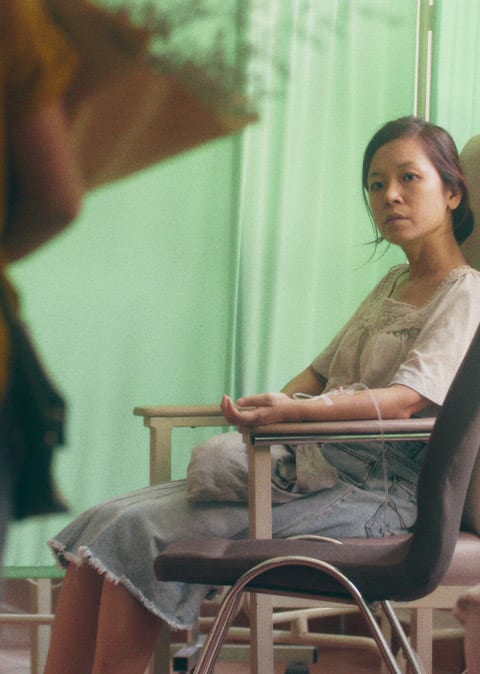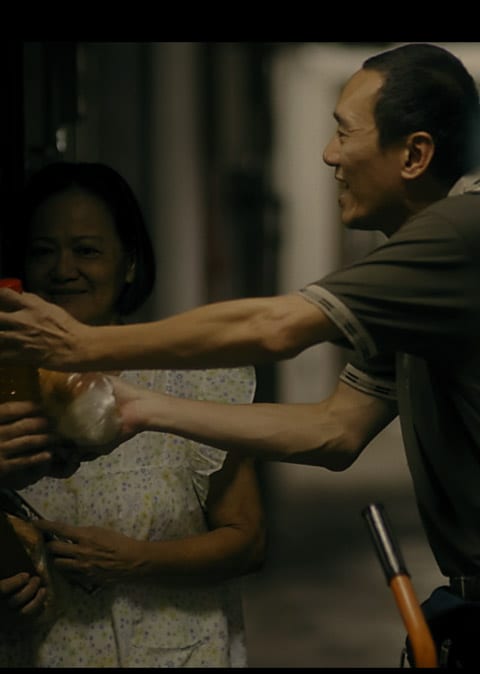As Covid-19 continues to limit social interactions, it has, unsurprisingly, taken a massive toll on our collective mental health. According to an Ipsos survey conducted for the World Economic Forum, close to half (49%) of employees who are working from home report feeling lonely or isolated.
The problem of loneliness is especially pronounced for seniors. While social distancing guidelines have proven effective in slowing the spread of the coronavirus, it has also placed approximately 50,000 isolated seniors at greater risk of depression and anxiety. In turn, these mental health issues are exacerbating their heightened risk of cardiovascular and autoimmune problems.
“Loneliness and isolation are going to be one of the biggest mental health concerns we face as a global community,” says Professor Andy Ho, a health psychologist, social scientist, and educator from Nanyang Technological University.
“Being able to not feel lonely really requires us to have a strong support network,” he adds.
Why Everyone Needs Meaningful Social Connections
Even before the pandemic, discourse about health and wellness has largely revolved around physical exercise and diet. In truth, social connections with a “large social network of family, friends, and helpful neighbours” are equally important, for it increases life expectancy by 45%, according to research by science writer Marta Zaraska.
These findings are hardly surprising. Social support is strongly correlated with happiness. As social creatures, we crave supportive relationships that enhance our sense of safety and belonging. In a study published in the Journal of Health and Social Behavior, strong social networks and relationships were found to improve mental health by “reducing the impact of stress and fostering a sense of meaning in life.”
Source: Straits Times
For Nicole K., founder and executive director of non-profit online mental health publication The Tapestry Project, educating the wider community on mental health issues and giving fellow sojourners a platform to share their mental health journeys were her keys to leading a purpose-driven life. This initiative also gave her a sense of belonging.
“At that time, I had no one to really talk to, and no one was talking about it (mental health and recovery) either,” she explains. “Most of the information I had found online was clinical and academic, but what I really needed was to hear from a real Singaporean that they too have gone through similar things and could relate to where I am.”
Simply being in a community of people with similar experiences makes mental health struggles less abstract and more manageable. Kinship and peer support enhance an individual’s sense of personal control—the positively persuasive belief that they can have agency over their life’s outcomes.
The Meaning of Being Part of A ‘Community’
When people think of “community,” the image that may come to mind is a group of people living in one area, such as a neighbourhood or a housing estate. Actually, communities can also be regular gatherings of like-minded individuals, such as a group of weekend cyclists or a support group for single parents.
“Community comes in many different forms and shapes and it provides us with fertile ground for us to grow, find respite in times of adversity and find motivation or someone to look up to,” explains Professor Ho.
What’s clear is that being part of a community requires some level of involvement and commitment, whether it is by contributing to an exchange of ideas or by supporting the community’s values and goals. In exchange, members gain opportunities to build meaningful connections with others, which have proven to be highly beneficial.
Moreover, members don’t necessarily have to be “tight” with each other. As Professor Ho notes, when it comes to community and support, weak ties are better than no ties.
“A weak tie would be like if you don’t know a person very well and don’t engage with them regularly but they could just be a safety net that you can call in case of an emergency,” he explains. “You know that in the worst of times there’s someone you can still call who can give you a sense of security amid adversity or uncertainty.”
How Communities Support Members’ Mental Health
Regardless of what form they might take, communities with a strong vision and clear goals can create a shared sense of purpose among their members. In the context of mental health, a community can be a safe space for people with similar pain points and challenges, providing an avenue to affirm their identity and support other members as they navigate through their unique experiences.
For Amos, a Resilience Collective volunteer who was diagnosed with clinical depression, being part of a peer network trying to understand their mental health has given him much-needed support in his recovery journey.
“Just being in a space with people who have gone through similar struggles and hearing their sharing, you know you’re not alone,” he says.
He adds that being part of a social group isn’t so much about finding advice or intervention, but more about the catharsis that comes from being able to vent and connect people who understand what he’s going through.
“I even doubted if I was going through depression, whether it was a real thing or if it was something I should just man up about and overcome myself,” Amos adds. “I was grateful to just be with other peers and to have an open safe space with no judgement.”
Communities also cultivate passion and involvement. Through networking and nurturing relationships with other people, community members can increase their ability to be more involved in causes they are passionate about.
This is particularly crucial in the world of mental health, where the stigma surrounding mental health conditions can prevent people from having open conversations, seeking help, or having avenues to get strong peer support.
“Those who have been working in the mental health space have a higher chance of being more familiar (with resources and ways to seek help),” says Shuet-Li, Executive Director of Resilience Collective. “But for those who haven’t, it’s hard to get the opportunity.”
Peer support is a practice which has been validated as an important part of mental health treatment and solutioning. It complements clinical support, and when blended, provides a holistic solution to mental health treatment.
In other words, communities can provide a much-needed gateway for people to have more conversations about social issues and causes, whether it’s mental health or social isolation. This not only benefits members of a community but also makes the community more impactful.
Communities Bridge the Gap Between Seeking and Receiving Mental Health Assistance
Communities are often the first place people turn to for support, bridging the gap between seeking and receiving help. With several young Singaporeans saying they don’t know what to do when they or their friends are emotionally distressed, having access to a community-based support system of mental health-trained peers and resources could very well save lives.
Cho Ming Xiu, Founder & Executive Director, Campus PSY (Extreme Right) with trained peer supporters (Campus PSY Ambassadors) celebrating World Mental Health Day 2017
Such mental health advocacy drives Ming Xiu, Founder and Executive Director of Campus PSY, who is passionate about empowering members of the community to become “first responders” for those who are struggling with mental health conditions.
“The high treatment gap among Singaporeans is concerning and highlights the need to promote help-seeking and uptake of treatment. Thus, by educating the community with basic mental health literacy and peer helping skills. Our friends, family members, classmates or colleagues would be able to provide the first line of support to individuals with mental health conditions, and refer them to professional help should the need arise,” he says.
On top of all this, making friends and getting involved in community work alongside people from all walks of life promotes diversity and increases empathy.
As Professor Ho suggests, “If we want to establish and build our social network, we need to be open to new experiences and new ways of thinking, celebrate diversity, and appreciate the differences that people bring to the table.”
If you want to find a cause you’re interested in, check out the campaigns and volunteer opportunities at Giving.sg. You might find “your people” — a community of like-minded, passionate friends!
For Your Reflection
- Who are the people that you can trust and receive support from during difficult times?
- Are you there for others? Do you make an active effort to let people create a meaningful connection with you?
- What can you do to make your community safer for members to express their concerns and be vulnerable?
- How can you be more accepting of different perspectives and opinions? How do cultural differences enrich a community?
This is part 1 of a three-part series on the link between mental health and community. Read part 2 & 3 here:
Read on for Part 2: Why Giving Back To Community Boosts Your Mental Wellbeing
Part 3: Taking Part In Community Helps You Discover Yourself





















